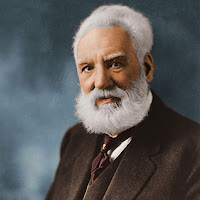By: Alex Gibson
Q News
Before the complications created by Covid-19, High Point University's men's club basketball practiced twice a week on Mondays and Wednesdays. They often had games every other weekend.
In Fall of 2020, the team was unable to physically meet and practice until quite recently. However, while they couldn't meet and practice at the time, they still stayed in touch.
“With everything that’s going on it kind of stinks we can’t have any practices or really see anyone or play basketball at all in Slane," Senior Joe Shomaker said. "But you know, we’re still having weekly zooms with Coach. It's nice to see people a little bit.”
After deliberation among the Department of Club Sports and HPU officials, men's club basketball was able to come back.
“The University alerted all club coaches the Phase 3 had been achieved and that club sports and rosters were to get updated immediately,” Coach Toby Blair said.
Coach Blair instructing players.
What exactly is Phase 3? Phase 3 Guidelines are ground rules club sports athletes and coaches must follow. All participants must self monitor for symptoms of COVID-19 daily. If any signs or symptoms of infection are present, the participant should not attend practice, should notify coaches and staff, and should contact their healthcare provider.
Participants may use each other’s equipment but equipment should be clean before, during, and after use. Facemasks and coverings should be worn at all times, except for student athletes while exercising.
Students are trusted and expected to be responsible with their health and the health and safety of others.
On Wednesday, September 23, the team had their first practice.
While things aren't exactly the same, it's a step in the right direction for the club to fully get back to normal activities.
“I want to get playing like we did last year," Shomaker said. "We had a pretty good end to the season so I’m just kind of hoping for better things next semester."
Senior Joe Shomaker shooting a free throw.
Not much has changed to the surprise of many players. Practice is just about the same as it was before. The only real difference, less familiar faces.
"Some of the guys from last year came back but quite a few didn't," Shomaker said. "It sucks because last year was really fun and we were a close team."
Last year, the team had roughly twelve players. Less than half returned.
The presumed cause of the decline in the population of returning players is the coronavirus and the fear of students acquiring it. The overwhelming consensus, the risk overweighs the reward.
"I've been on the team since I was a freshman. I'm a junior now," Junior Mikey Kennedy articulated. "I love playing basketball but it's just not worth the risk right now."






















